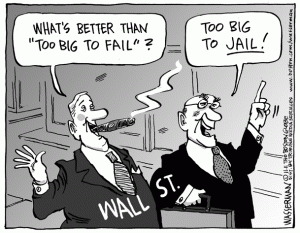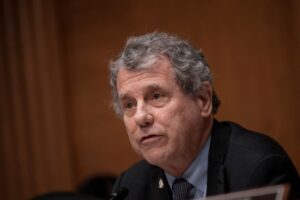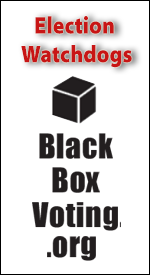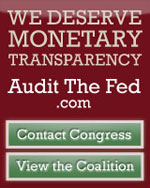America’s Too Big to Fail Banks Are Getting Bigger
The JPMorgan Chase leviathan is swallowing everything in its path.

The banking turmoil has been bad news for everyone, except for the nation’s largest financial institutions placed in the too big to fail category. Competition in the US banking system is shrinking, and public policymakers are beginning to take notice. But is it a case of too little too late? Considering that JPMorgan Chase purchased another bank for a pittance, it is safe to say that small and mid-size banks have metastasized into mere nuisances that might require perpetual bailouts and subsidies from the US government and the Federal Reserve.
Too Big to Fail Just Got Bigger
When Silicon Valley Bank (SVB) and Signature Bank shut their doors, depositors panicked and transferred their assets from the smaller outfits to the larger institutions. The deposit flight did not subside, as First Republic confirmed that its clients had maintained their steady outflows in the aftermath of the bank failures. When this happened, the bigger entities celebrated the news, with executives clarifying to the press that it was indeed true that consumers were taking their money out of the mom-and-pop shops and placing the funds in the banks considered too big to fail.
The Wall Street Journal estimated that the 25 largest banks in the United States gained $120 billion in deposits following the SVB and Signature debacles. The smaller banks? Well, they lost $108 billion. And once First Republic is factored into the equation, JPMorgan Chase now represents about 14% of total US deposits.
It makes sense. The worst-kept secret in Washington is that all of the banking behemoths, be it Bank of America or Wells Fargo, would receive taxpayer-funded and deficit-financed bailouts to keep operations open. This also would mean that the insured and uninsured depositors would be protected. So, why bother doing business with the regional companies anyway? This is what many Americans are realizing, which also implies there inevitably will be further consolidation in the sector in the coming years.
The federal government is more than happy to oblige, too. When First Republic folded, JPMorgan Chase acquired about $200 billion in assets and $100 billion in deposits for approximately $10.6 billion. The Federal Deposit Insurance Corporation (FDIC) wanted to get this bank off its balance sheet after it had already cost the Deposit Insurance Fund roughly $13 billion. The faster this is done, the better it is for federal regulators.

Meanwhile, the size of the banking industry already has been getting thinner than a 1990s Calvin Klein model. In fact, this has been the trend for the past 40 years. According to data from the FDIC, there were about 4,200 banks at the end of 2021, down about 71% from the 1983 peak of 14,469.
After watching any of the Senate or House hearings, the logical deduction is that lawmakers will continue to pass more regulations that will diminish competition and negatively affect the smaller players. Sen. Sherrod Brown (D-OH), chair of the Senate Banking Committee, essentially conceded that anyone alluding to overregulation pertaining to the banking crisis was incredibly wrong. The Federal Reserve and the FDIC also contended in their comprehensive reports that more regulation was necessary to prevent another meltdown. Of course, to their credit, they admitted that they fell asleep at the wheel, too.
This is unwelcome news for everyone, except for the establishments deemed too big to fail. The JPMorgans and Citibanks can absorb the costs of egregious regulations because their business models are extensive, and they have a substantial number of depositors. The small and mid-size financial institutions do not share this same privilege. Moreover, it was regulation that caused the mess in the first place for a couple of reasons. First, the assets that these troubled banks held were considered safe by regulators. Second, when regulations are too costly, companies will take on more risk to offset the regulatory burdens.

Got Competition?
The growth of large commercial banks does ignite a philosophical discussion on natural monopolies. Indeed, the Wall Street titans were granted bailouts during the 2008 crisis, with officials describing them as too valuable to the economy to be allowed to fail. Yes, this triggers an elementary case of moral hazards, but it also convinces depositors to rethink their choice of doing business with community institutions. Did JPMorgan Chase become America’s largest bank by itself or from the assurances of Republicans and Democrats? Why bother dealing with a potentially vulnerable bank when you can hand over your hard-earned cash to a company that is as solid as the Tampa Bay Rays organization?
When officials, from President Joe Biden to Federal Reserve Chair Jerome Powell, say the banking system is sound and resilient, they really mean large commercial banks. Consider what the Eccles Building wrote in its April 2023 Senior Loan Officer Opinion Survey on Bank Lending Practices:
“As reasons for tightening standards on all loan categories, both in the first quarter and over the rest of the year, other and mid-sized banks reported concerns about their liquidity positions, deposit outflows, and funding costs more frequently than the largest banks.”














